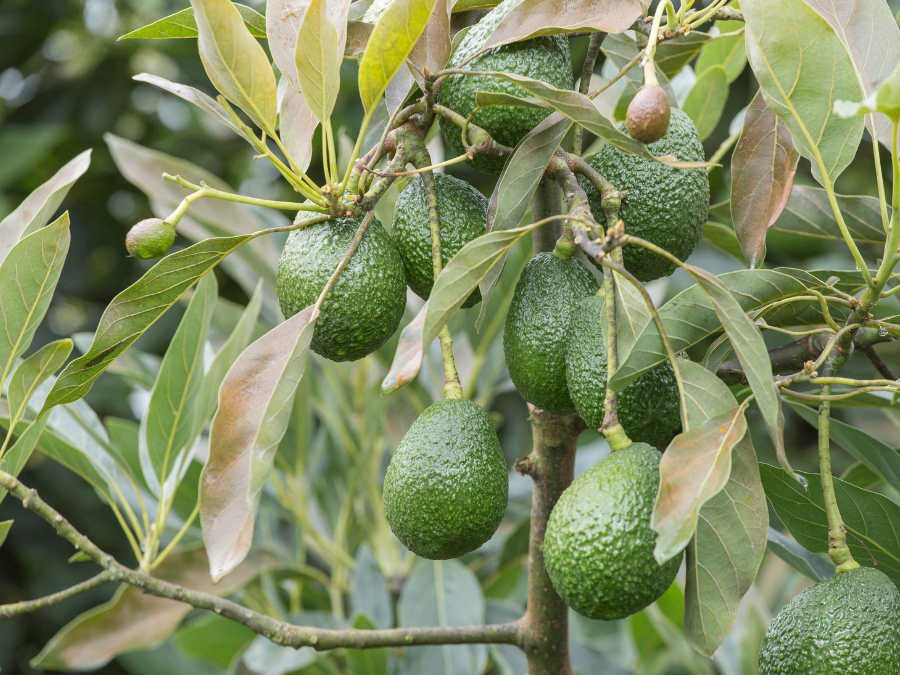[ad_1]

US private-equity investor Paine Schwartz Partners has closed a fund targeting the food and agribusiness sectors with $1.7bn of capital commitments.
Its Paine Schwartz Food Chain Fund VI, which exceeded the original target of $1.5bn, was described by the New York-based investor as “the largest fund dedicated to investing across the food and agribusiness value chain”.
Paine Schwartz, which has $5.7bn of assets under management, has specialised in food and food-related investments since 2010. It launched its first food-chain fund in 2014.
Fund VI is Paine Schwartz’s largest fund to date, 17% bigger than its previous $1.4bn Fund V. It said the new fund “attracted a diverse array of real asset, private equity and impact-oriented investors, including pension funds, sovereign wealth funds, endowments / foundations, family offices and other institutional investors”.
The fund will focus on sustainable investments in the food and agribusiness sector with an emphasis on businesses that “enhance agricultural productivity while limiting resource consumption” and those that “provide access to healthier, more nutritious and safer food”.
Last week, Paine Schwartz led a consortium that had a $1.58bn takeover bid accepted by Australian fresh fruit and vegetables company Costa Group. The investor said approximately 40% of Fund VI has already been deployed, in that Costa Group deal as well as investments in AgroFresh Solutions, Elemental Enzymes, HGS BioScience and Monterey Mushrooms.
Kevin Schwartz, the investor’s CEO, said: “Our ability to exceed our initial fundraising target in a challenging market environment reflects our firm’s track record and the continued resonance of our sustainable investment focus with investors.
“With Fund VI, we are continuing to invest to feed a growing population better food with more efficient use of resources. Food and agribusiness has been the fastest-growing sector for more than 15 years and continues to be underserved by the investment community.
“Guided by our core themes, we are targeting investments in segments associated with long-term growth that have limited commodity exposure and limited private-equity competition.”
Investors in the fund included the District of Columbia Retirement Board and the Connecticut Retirement Plans and Trust Funds.
[ad_2]
